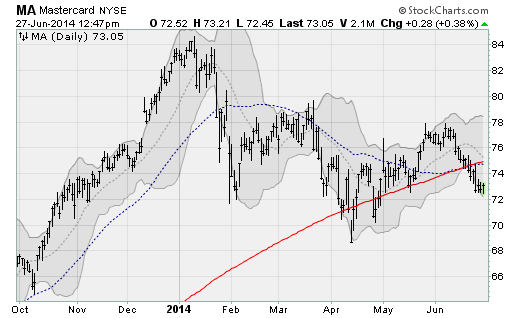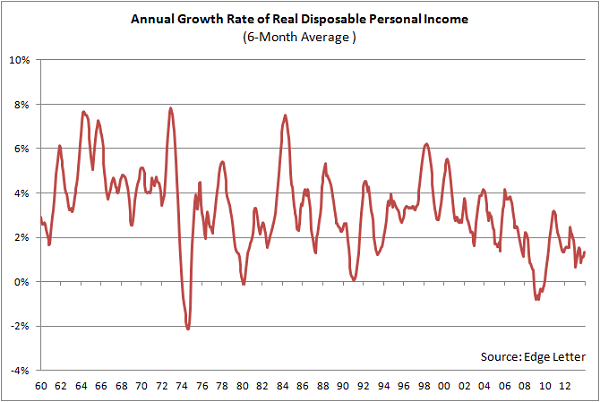Why aren't consumers shopping?
The U.S. economy faces a bit of a conundrum.
According to data released Friday, consumer confidence is high and has been that way over the last four months. People are shelling out for big-ticket items, such as homes, cars and appliances. Yet actual consumer spending has been disappointing. Real consumer spending dropped for the second consecutive month in May despite slow but steady income growth, the U.S. Commerce Department said this week.
Consumers snapping shut their wallets earlier in the year was a major reason economic growth plunged at an annualized rate of -2.9 percent in the first quarter, the 17th worst performance in U.S. history. Americans continue to cope with weak balance sheets, higher taxes and rising inflation for things like food, fuel, rent and health care costs.
As a result, the fact shoppers aren't spending is sucking some of the wind out of Wall Street's very lofty growth expectations for the second quarter and beyond.
Thursday's report on consumer expenditures suggested that rising inflationary pressures and diminished savings are forcing households to retrench. The market is already discounting ongoing trouble for retail sales with the Retail SPDR (XRT) hitting resistance going back to the initial disappointment with Black Friday traffic in November.
I'm also seeing sellers hit payment processors MasterCard (MA) and VISA (V). I've recommended put option positions in both names to my Edge Letter Pro clients, which are carrying gains of nearly 50 percent and 30 percent respectively so far. More seems likely as disappointment with the performance of consumers sets in.
In order for a turnaround to happen, we need to see wage growth accelerate much faster than the overall inflation rate, which has yet to occur during the recovery. To illustrate this, I created the chart above. It displays the six-month average annual growth rate in real disposable personal income. And it illustrates the clear downward trend in cash flow that households have been suffering from since the end of the dot-com boom in the late 1990s.
We're trudging along around with a 1 percent growth rate, far from the near eight percent increases reached in the 1960s, 1970s and 1980s or the six percent growth seen in the dot-com era. Consumers have made do over the last decade-and-a-half by extracting home equity and relying on credit. But it's clear that there are merely half measures compensating for an ongoing lack of wage hikes and good paying full-time jobs.
Until this measure turns higher, the economy will continue to be held back as households simply don't have the money to fund the kind of expenditures that both they want to make (given confidence levels) and that Wall Street expects of them.
Disclosure: Anthony has recommended put option positions against V and MA to his clients.


